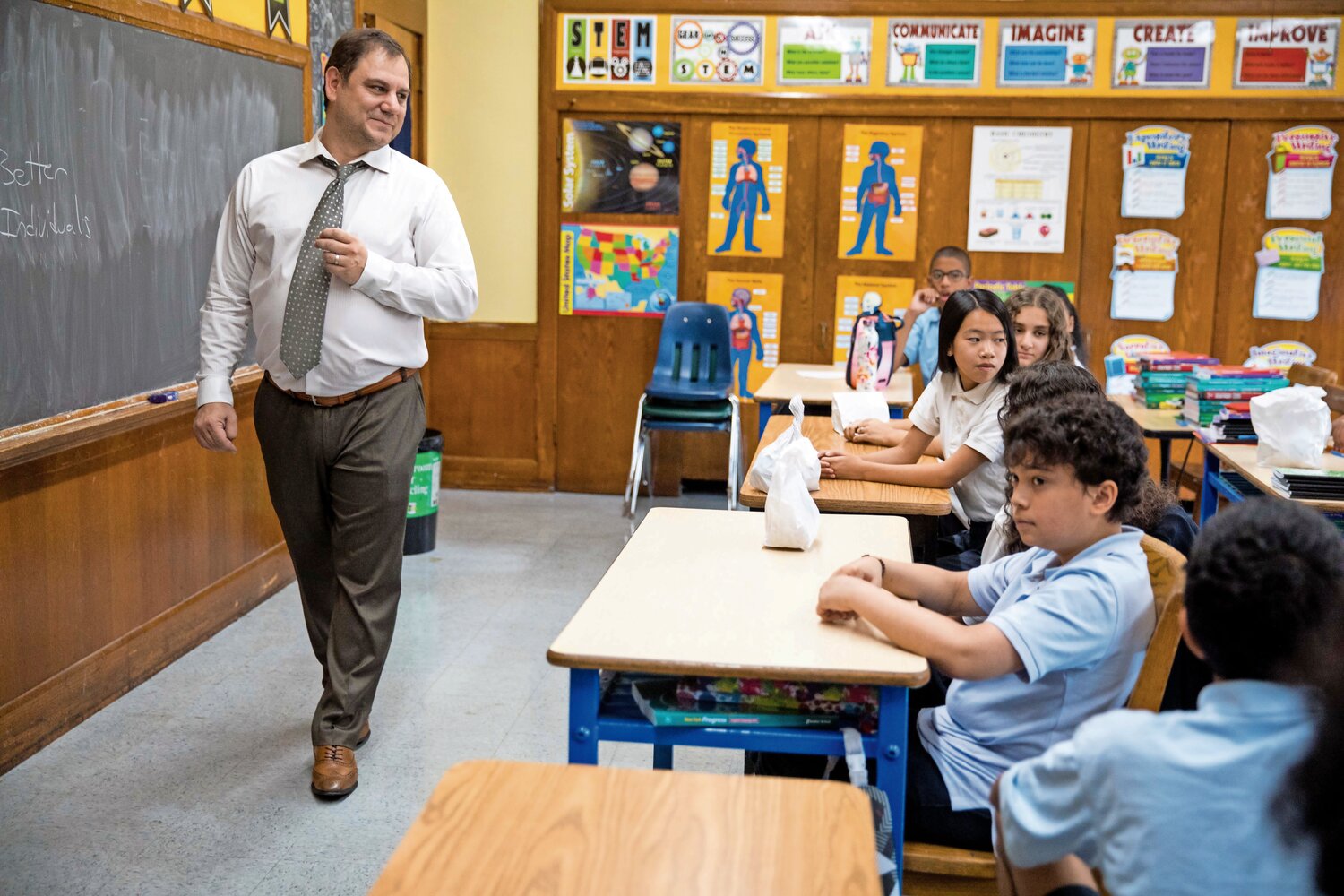NYC test scores show decline in reading and writing proficiency, efforts to boost literacy underway
Students attending school are expected to walk away with a general knowledge in subjects like reading, writing, math, science and history, but for students throughout New York City, test scores for reading and writing are down.
The city publishes yearly test scores in mid-August for public viewing and data shows, for grades three through eight, English language arts scores are down 2.6 points from last year.
The disparity in the test scores of Black and Hispanic students compared to their white and Asian counterparts is significant, with Black and Hispanic students averagining 37.5 while white and Asian students average scores of 67.9.
Overall, just about half of city students are proficient in English language arts.
Sonia Khan, owner of Triple S Tutoring on Tyndall Avenue, said the tutoring service has noticed a lack of capability in students when it comes to their writing and reading.
“It starts early, but now I feel like the schools are trying their best,” Khan said.
The main issue she sees, especially with younger children like her first graders, is decoding, or the student’s ability to put words together while sounding the word out.
Khan said she believes kindergarten education has also changed for the better as of late. Students she works with used to need a lot of help deciphering words on the page, and she felt classroom time may have been too laid back, but now more students can read and recognize words.
It starts as early as kindergarten for student reading, Khan said, with students having a hard time reading fluently at their level. Her tutoring service sees roughly 45 students every day after school, and nearly 60 percent require help with reading, regardless of age or grade level.
“There is a huge lack in how many students are at grade level or above,” Khan said.
Schools Chancellor David Banks has spent his nearly three-year term pushing for student literacy. Part of this push involved the launch of New York City Reads, a campaign establishing literacy and reading as the overarching focus of public schools.
Last school year, nearly half of the school districts throughout the city committed to overhauling classroom instruction and brushing up on a research-based curriculum that targets English language arts for elementary students. The new curriculum requires superintendents to pick from three different curriculum plans: Into Reading, Wit & Wisdom or EL Education.
All three of the curriculum plans were designed by outside companies.
Into Reading, designed by Houghton Mifflin Harcourt, is a science-backed curriculum focussing on the techniques necessary for literacy, including phonemic awareness, phonics, fluency, vocabulary and comprehension.
The other two plans don’t differ much in their commitment to getting students the foundational tools for literacy, but provide different types of support and resources. Wit & Wisdom, published by Great Minds, offers family tip sheets and resources that can help a student’s loved ones learn how to support them.
Back in January, during Gov. Kathy Hochul’s State of the State address, she promised a new initiative entitled Back to Basics, which vows to improve reading proficiency throughout the state. The plan would involve bringing a different approach into classrooms for reading instruction, including the use of phonics, decoding, vocabulary and comprehension.
In addition to the classroom instruction, the plan allots $10 million for educating teachers in The Science of Reading, a program that details how to use evidence-based instruction for students.
The fight to get students reading at grade level is far from over — with this year’s students testing at just over 50 percent for reading — but, with the prorams in place, and Khan already seeing improvement in students, city schools could be headed in the right direction.






